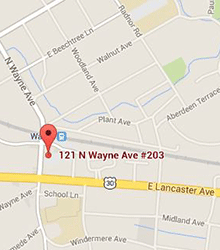We’ve discussed in a recent post, that when your teeth are missing or removed the surrounding bone is compromised. Bone resorption places your oral health at risk.
Typically, a dental bridge or dental partial has been the standard of care. Yet, here are three considerations:
1) Tooth enamel is removed to prepare for your dental bridge. This exposes the spongy layer of tooth, called dentin.
2) Over time, the cement that holds your bridge in place washes out. Bacteria can seep under the bridge and begin to quickly decay the dentin.
3) The compromised dental bridge can fail. If decay reaches your tooth’s nerve you could require a root canal.
How Dental Implants Are a Safer (and Stronger) Alternative
Imagine knocking the supports from beneath a massive structure like The Golden Gate Bridge. The magnificent expanse would plummet into the bay under its own weight. Your teeth require support. Any bone beneath them that’s compromised by lack of proper root foundation or decay will impact your oral health.
- Dental implant treatment preserves the bone. Avoid costly treatment from compromised tooth structure.
- Dental implants on the front (anterior) teeth are generally more aesthetic. Prevent the visible defects from bone resorption as result of tooth loss.
- Dental implants do not impact your adjacent teeth. Remove potentially damaging pressure on surrounding teeth.
- Dental implants have a higher restorative success rate. Experience a 95% success rate over 20 to 50 years (compared to an average life span of 10 years for a dental bridge, according to the American Dental Association).
Remember it’s what lies beneath (a bridge) that poses a threat. And dental implants are your safe passage to better oral health.

